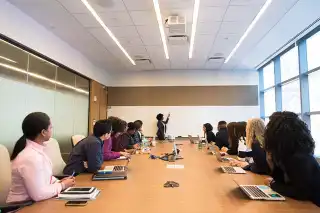COMPETENCY
DEVELOPMENT
Class Room I Virtual Session
Boost your employee productivity by building capability and preparing them for any organizational changes and challenges.
Competency Development is the process of improving the skills and knowledge of employees. It’s a systematic process to help employees become more competent in their vocations.
An organization can implement it by providing training and development opportunities for employees, which can be in-house or external. The goal is to develop the skills and knowledge necessary for job performance, career progression, or personal growth. Competency development requires a team effort from senior management, supervisors, colleagues, and subordinates.
Lifelong Learning can take different forms: formal, informal and autonomous learning. It is also worth noting that Lifelong Learning can be supported by a variety of both formal and informal resources such as courses, books, videos, conferences etc.
Our 6 - D Process
- 01 Discover
- 02 Define
- 03 Design
- 04 Develop
- 05 Deliver
- 06 Drive
Our team will spend time with you to understand the current challenges (team, function or organisation) and expectations from program.
The first step in conducting a successful training needs analysis is to identify training goals. Goals need to be SMART – specific, measurable, attainable, relevant, and time-bound. The next step is collecting data about the workforce’s knowledge and skills through an assessment that can measure both existing skill level and job-related knowledge as well as desired skill level and job-related knowledge.
The scope of work defines what is included in the training, as well as what is not. The range of topics to be covered should also be specified, and how they should be covered. It is important that the scope of work for training be clearly defined before creating content for the course. This will help ensure that all necessary aspects are included so that employees are adequately prepared to do their jobs when they graduate from training.
There are different types of training that you can choose from according to what your needs are. The first type is called “on-the-job” training, which includes on-site or near-site training where the trainees have access to the job site in order to learn about it firsthand. The other type is called “in-house” training which usually takes place at company facilities where trainers teach classes on a given topic.
Defining the scope of work in training is important for effective management and to avoid confusion.
Scope of Work is a documented aand specifies the coverage of a planned project or activity. It outlines what will be done, how much time will be taken, and what resources will be needed. It is prepared and shared before any detailed planning begins.
A Scope of Work typically includes:
- The scope / program description or background
- Type of training or mode of delivery
- Objectives of the program
- Expected results and benefits
- Resources needed to complete the project
Our team will design the approach note and customise the program to meet your requirement and share back the document for your approval.
Our training approach note should provide a detailed explanation of the desired outcome of the training course. It will share important information on what participants will be taught, the materials available for them to use, and how this will all be facilitated.
The most important component of a training approach note is the evaluation plan. This outlines what measurements will be taken to assess if the objectives were met. It also details how participants will be evaluated for their performance and what standards these participants must meet in order to pass.
In summary, we will provide information on all aspects of the training course outlined in an approach note. This includes desired outcomes, learning objectives, target audience, materials required for participation, facilitator qualifications and experience level needed, evaluation plan etc
Post approval our team will start working on content customisation and development by identifying engaging methodology and content.
Designing training content is a difficult task. It is not just about writing content but it is also about design. The two cannot be separated and must be developed simultaneously in order to achieve the best results.
There are many factors that need to be considered when designing training content. The main one being the target audience of the course. If you are designing a course for beginners, then it needs to have a lot of visuals, activities , videos and be broken up into smaller sections with an interactive approach. If you are designing an advanced course, then it needs to be more linear with case study, experience sharing, live case discussion.
There are many different types of training content which can be used to help an individual develop skills and knowledge. They range from interactive exercises to animations or game-based learning.
Training content can be used in a number of ways, for example it can be created to train an individual on how to use a software program, or it can be used within an organization as a way to teach employees new skills.
Courseware which can be in the form of videos, slideshows, interactive tutorials , workbook , tent cards etc
Our expert faculties will delivers the program in person or virtually using right tools and methodology to make the program engaging with learning. We can differentiate between training and development programs: training is generally focused on helping employees acquire new skills, while development helps them improve their current skill set.
Training programs are not just about learning new skills. They include the opportunity to collaborate with various departments, practice certain skills and learn how to be better at what you do. A training program should be considered as an investment in your team’s potential—a way of helping them grow into their full potential for success.
This section will go over the different types of training programs that are available. These include:
- On-the-job training,
- Self study – Elearning, Video based , projects etc
- Training within a formal education framework.
- Experiential Learning in form of out door team building
- VILT – Virtual Instructor lead Training
These types of training programs are helpful for many different industries but can also be customized to fit the needs of specific industries. All in all, there is no one size fits all when it comes to these programs and they cater to a company’s needs as well as the individual’s needs.
Post training evaluation and reinforcement can be used to maintain a learner’s long-term retention of knowledge or skills. It is executed by exposing a learner to the same material at different intervals in order to improve the learner’s skill retention.
Reinforcement is an important part of training, because it can help learners retain what they learned during the training process long after their initial exposure to the material. According to research, post training reinforcement has been shown to have a higher success rate than pre-training reinforcement.
Post-training reinforcement is a great way to help retain information and build skills. The following are some training techniques used to reinforce your training:
- Create a follow-up exercise that trains on the newly acquired skills. Once the learner has completed the exercise, provide them feedback on how they did.
- Give learners a set of problems that reinforce their learned skills and let them work through these independently. This is another way to give feedback on how the learner has done in this post-training session.
- Provide learners with a set of questions that test their knowledge from the training course to see if they can answer and retain what they have learned
- Sharing Video bytes from the program for the participant to recall the learnings from the class.
- All
- Business
- Communication
- Finance
- Front Line
- Leadership
- Managerial
- Popular
- Self Development
- TQM
- Team Development

5 S

7 QC TOOLS

8 D Problem Solving

ABC TECHNIQUE

ALIGNING TO CORE VALUE

Analytical Tools and Techniques

Building Business Acumen

BUISNESS WRITING

BUSINESS COMMUNICATION

CAMPUS TO CORPORATE

CAPITAL BUDGETING

CHANGE MANAGEMENT

COACHING & MENTORING

CONFLICT MANAGEMENT

COST MANAGEMENT

COST OF QUALITY

DATA ANALYSIS

DECISION MAKING

DELEGATION & MONITORING

DERIVATIVES & RISK MANAGEMENT

DESIGN OF EXPERIMENT

DIVERSITY AT WORKPLACE

EFFECTIVE PARENTING

ELECTRICAL SAFETY AWARENESS

Emotional Intelligence

EMOTIONAL INTELLIGENT LEADERSHIP

FEET ON STREET (B2C)

FINANCE FOR NON FINANCE

FIRST TIME MANAGERS

FMEA OR DFMEA – FAILURE MODE AND EFFECTS ANALYSIS

FORECASTING

FOREIGN EXCHANGE AND TREASURY MANAGEMENT

GOAL SETTING

GOODS & SERVICE TAX

HR FOR LINE MANAGER

Influencing Skills
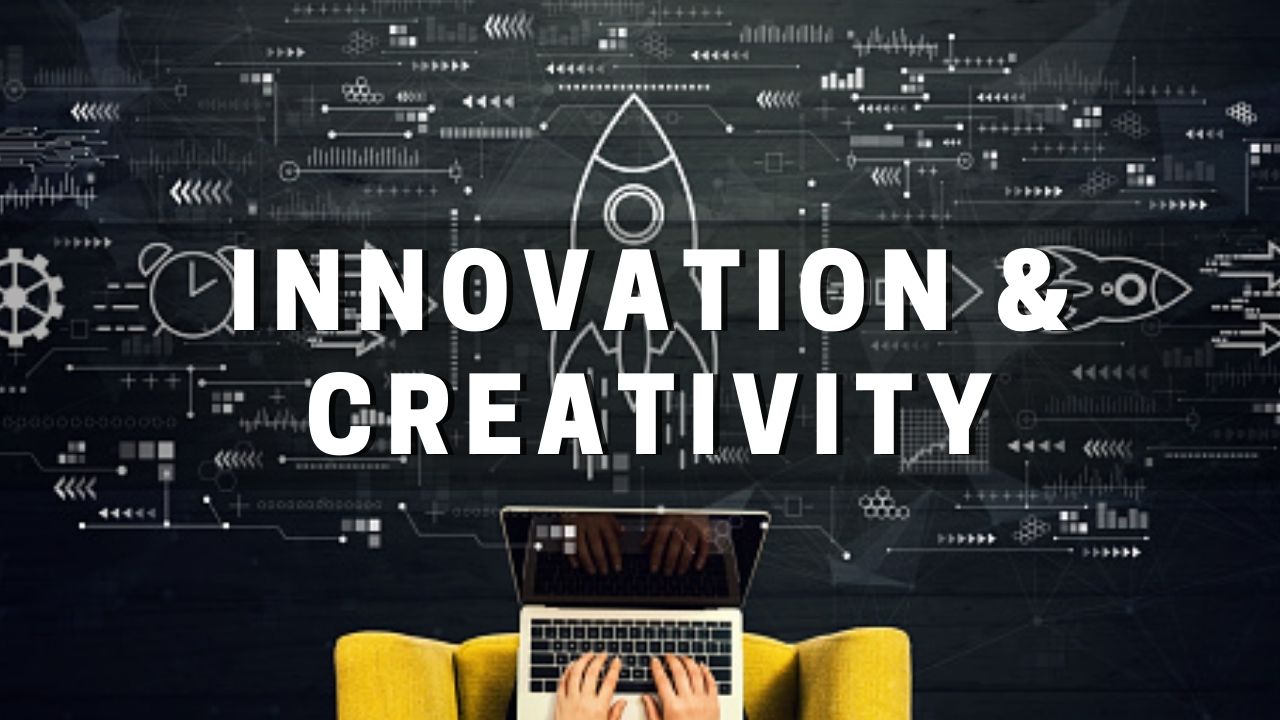
INNOVATION & CREATIVITY
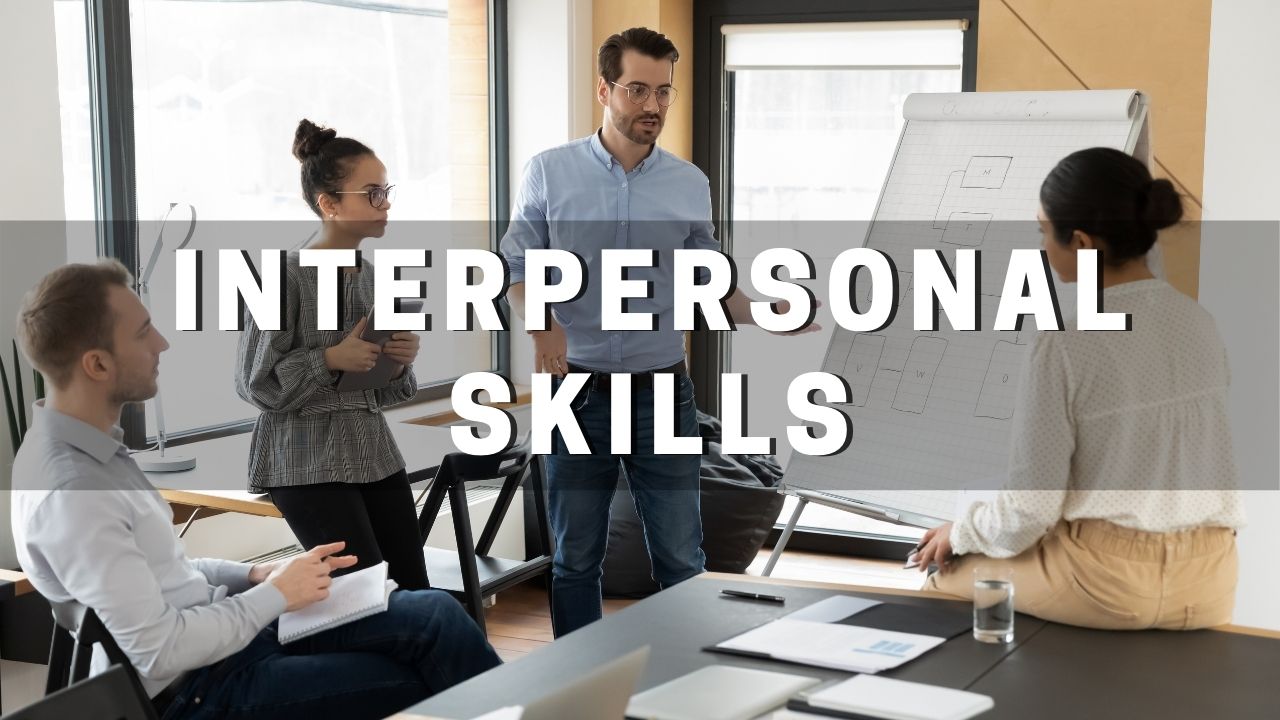
INTERPERSONAL SKILLS

INTERVIEWING SKILLS

KAIZEN
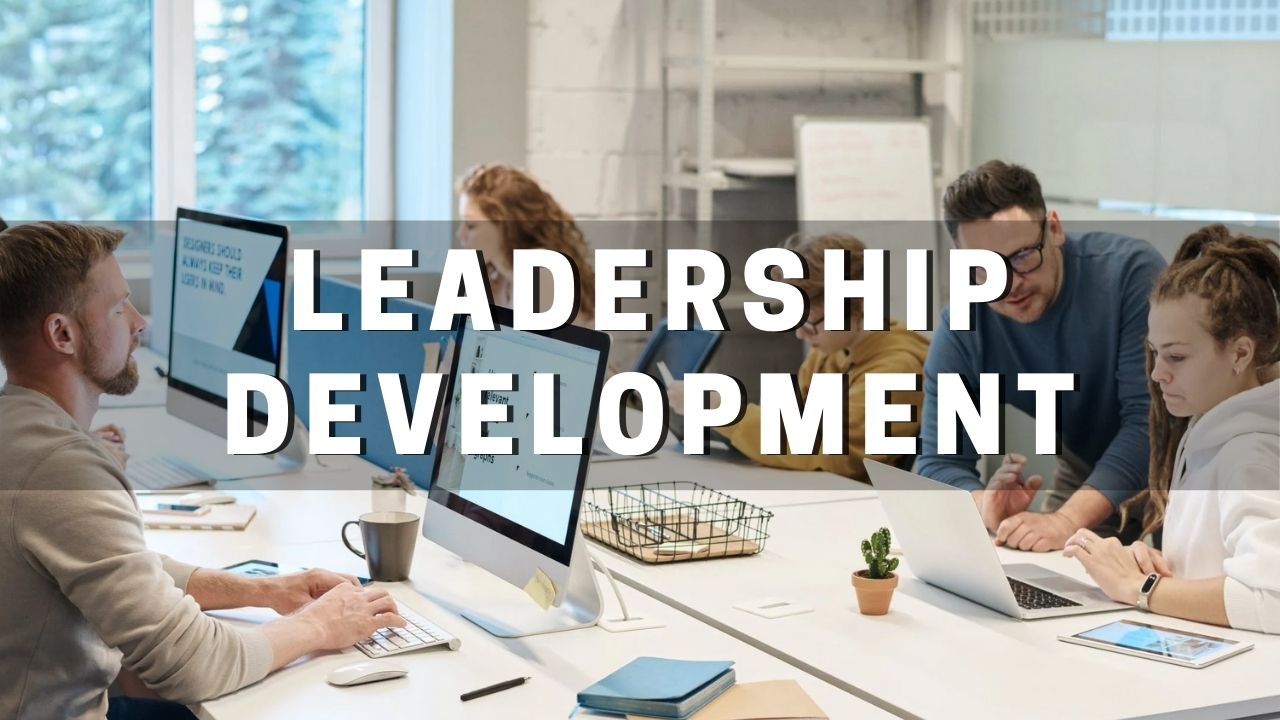
LEADERSHIP DEVELOPMENT
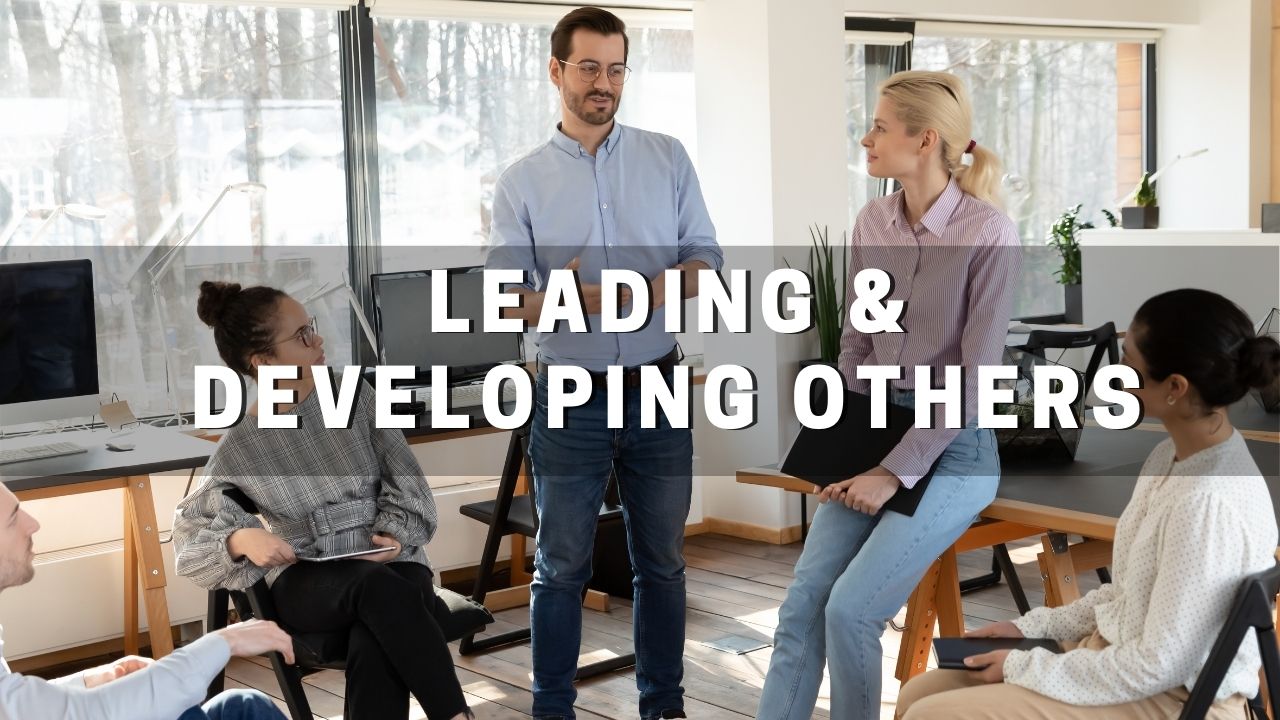
LEADING & DEVELOPING OTHERS

LEAN MANUFACTURING

MANAGERIAL EFFECTIVENESS

MANAGING CHANGE

MARKET INTELLIGENCE

MARKET RESEARCH
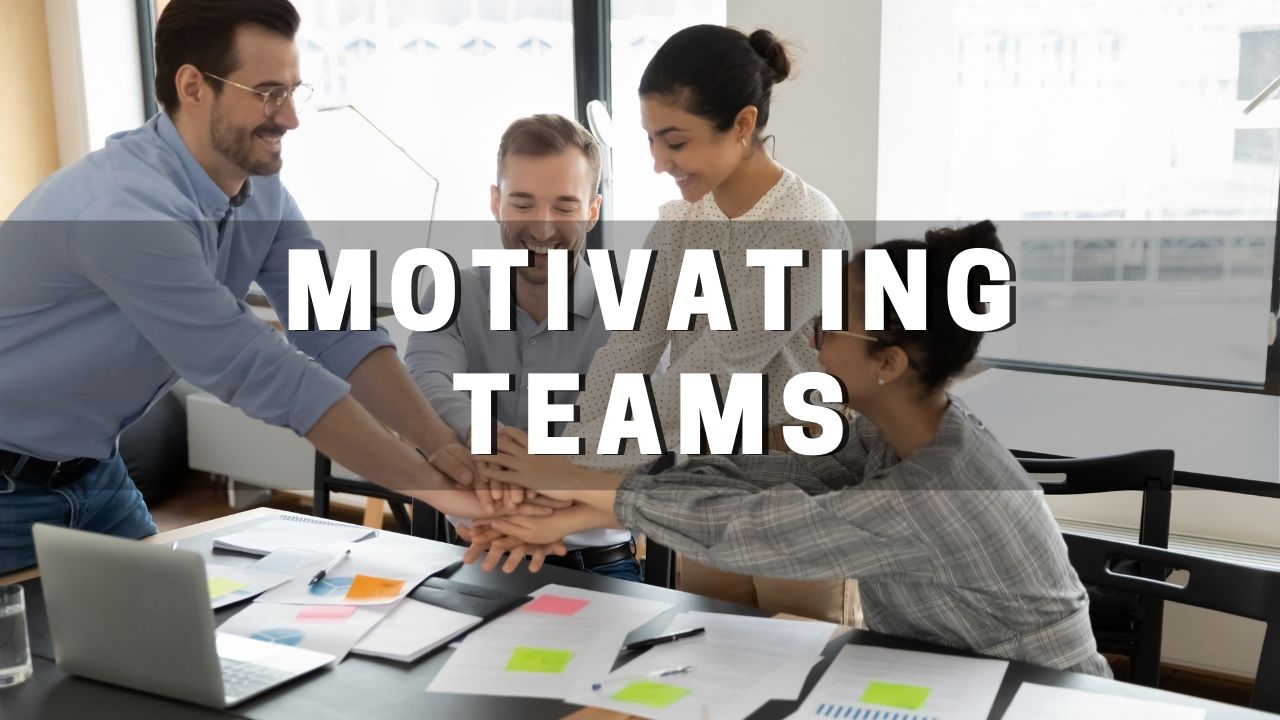
MOTIVATING TEAMS
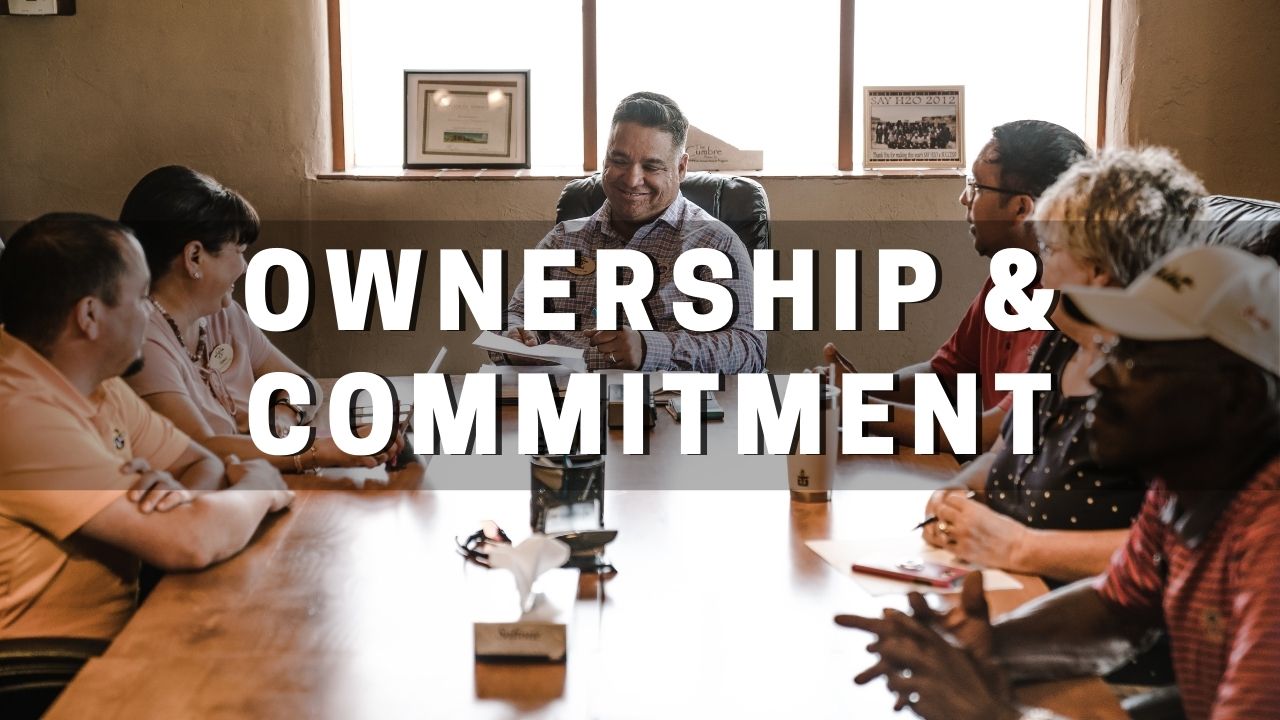
OWNERSHIP & COMMITMENT
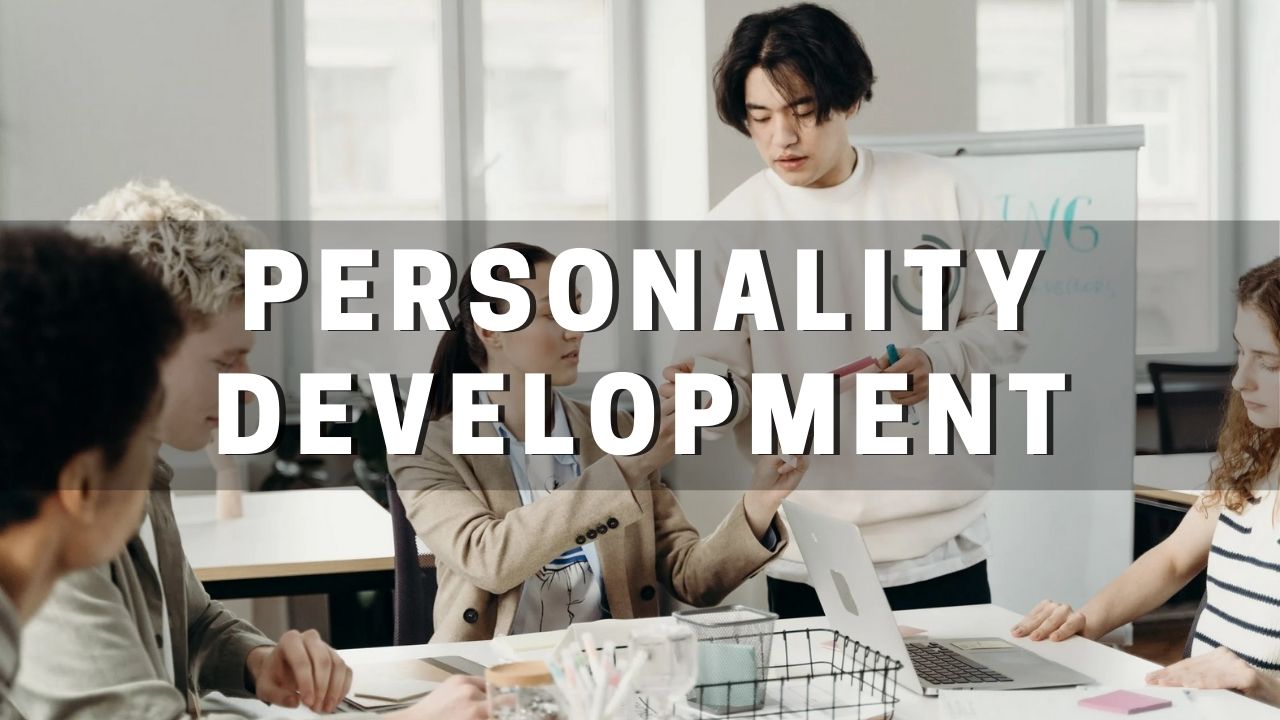
Personality Development

Planning & Organising

PRESENTATION SKILLS

PREVENTION OF SEXUAL HARASSMENT AT WORKPLACE

PROBLEM SOLVING

PRODUCTIVITY IMPROVEMENT TECHNIQUES AND TOOLS
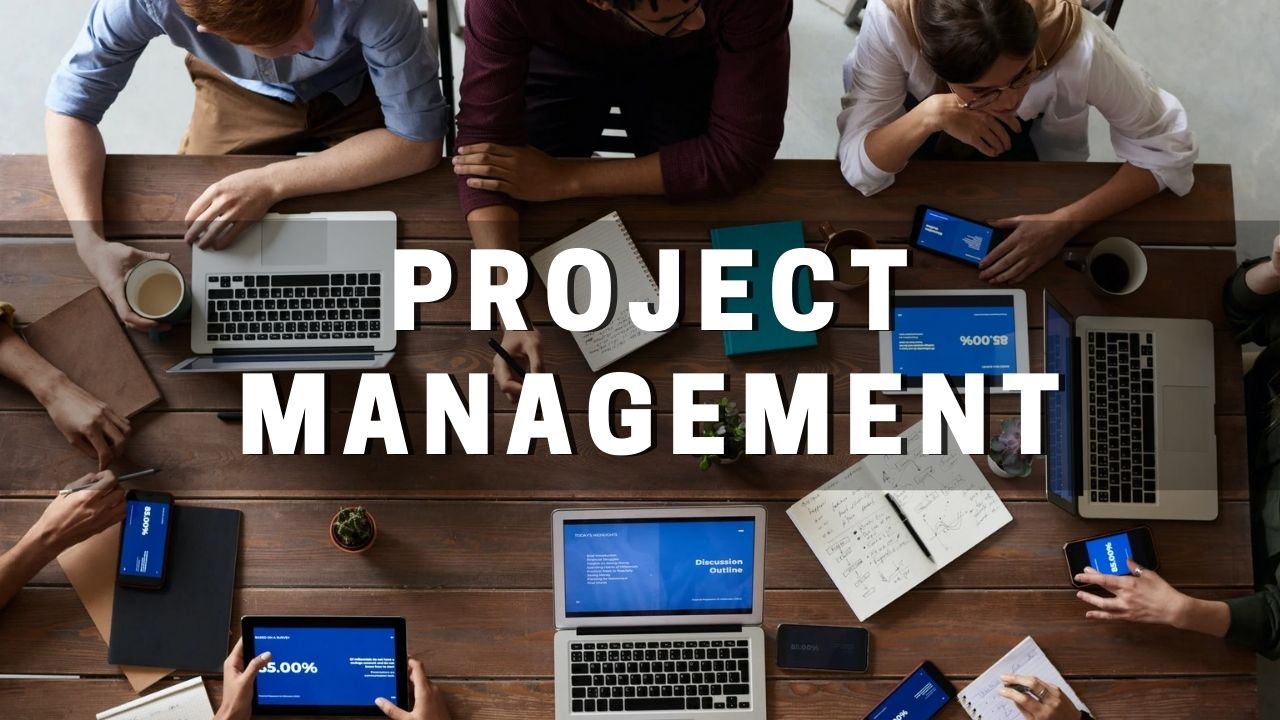
PROJECT MANAGEMENT
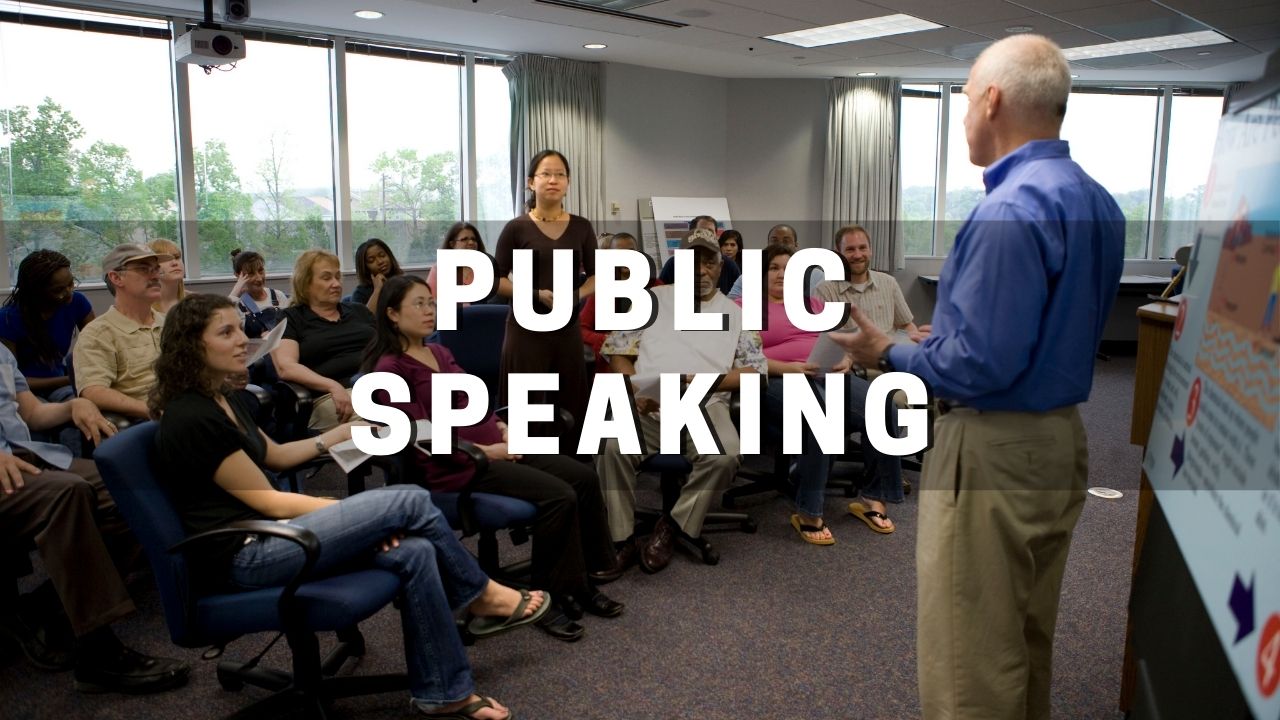
PUBLIC SPEAKING

QFD – QUALITY FUNCTION DEPLOYMENT

RETIREMENT MANAGEMENT

SIX SIGMA

SPOKEN ENGLISH

STATISTICAL PROCESS CONTROL

STRESS MANAGEMENT
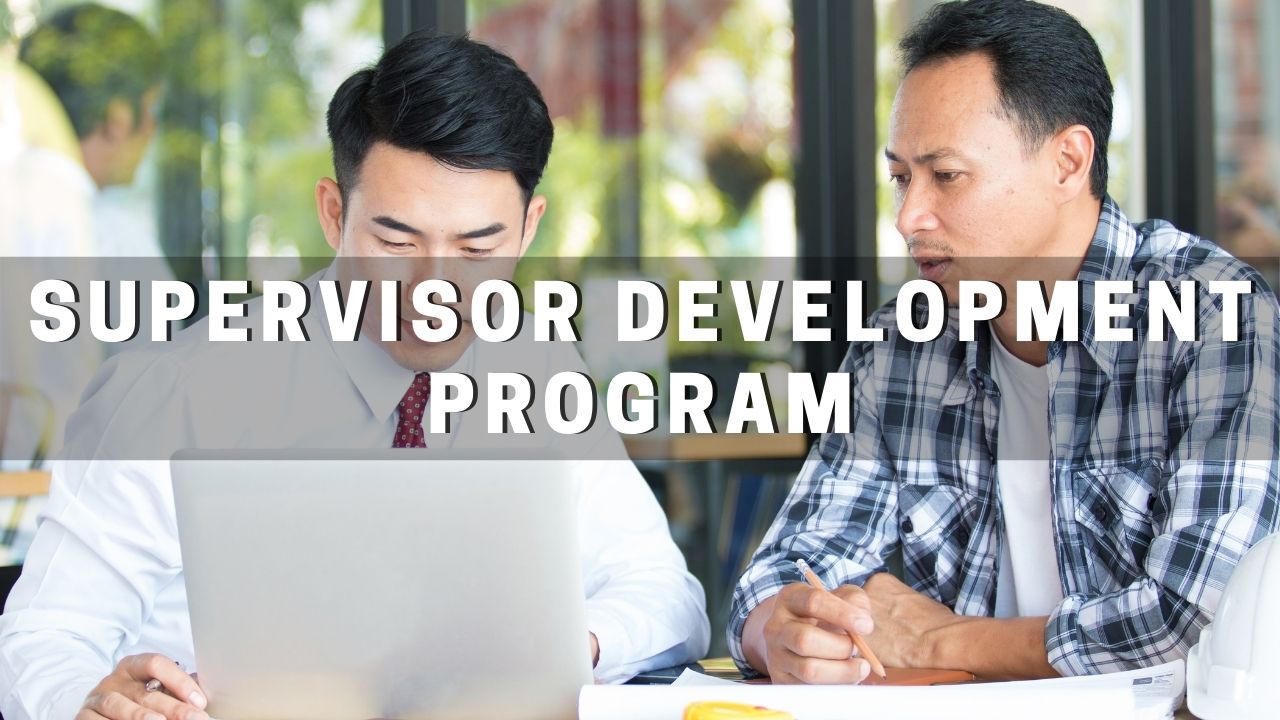
SUPERVISOR DEVELOPMENT PROGRAM
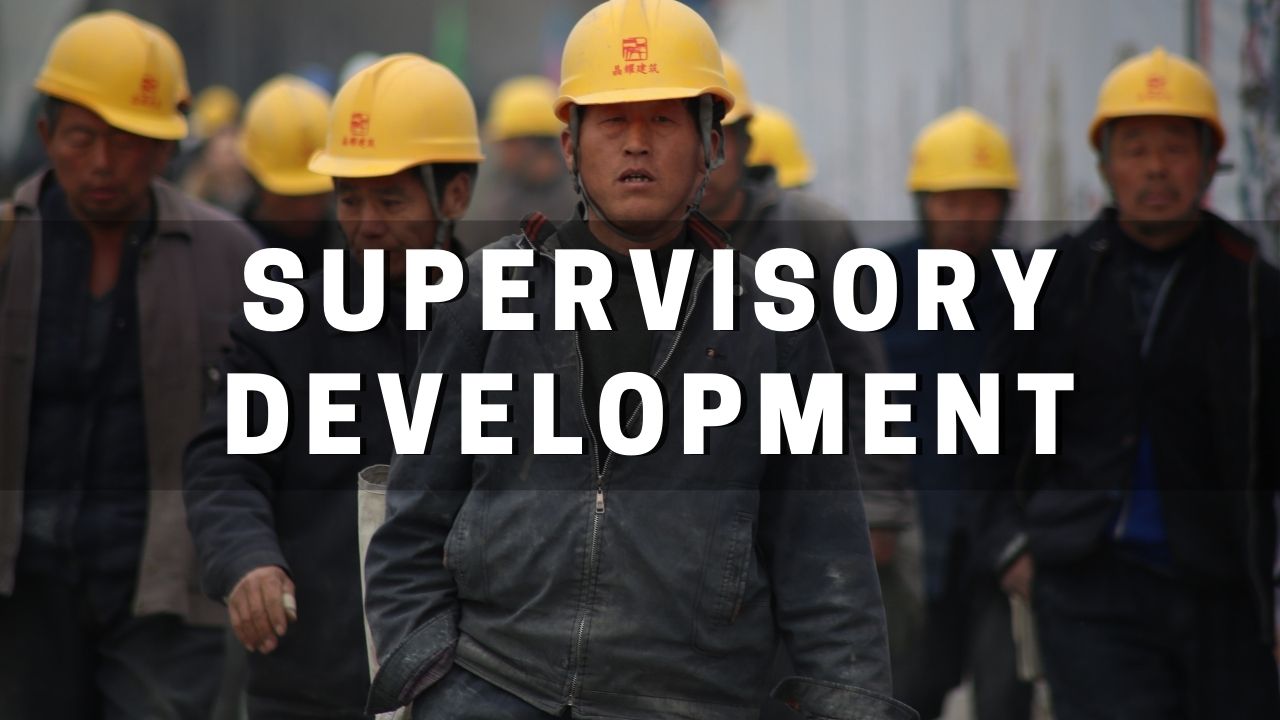
SUPERVISORY DEVELOPMENT
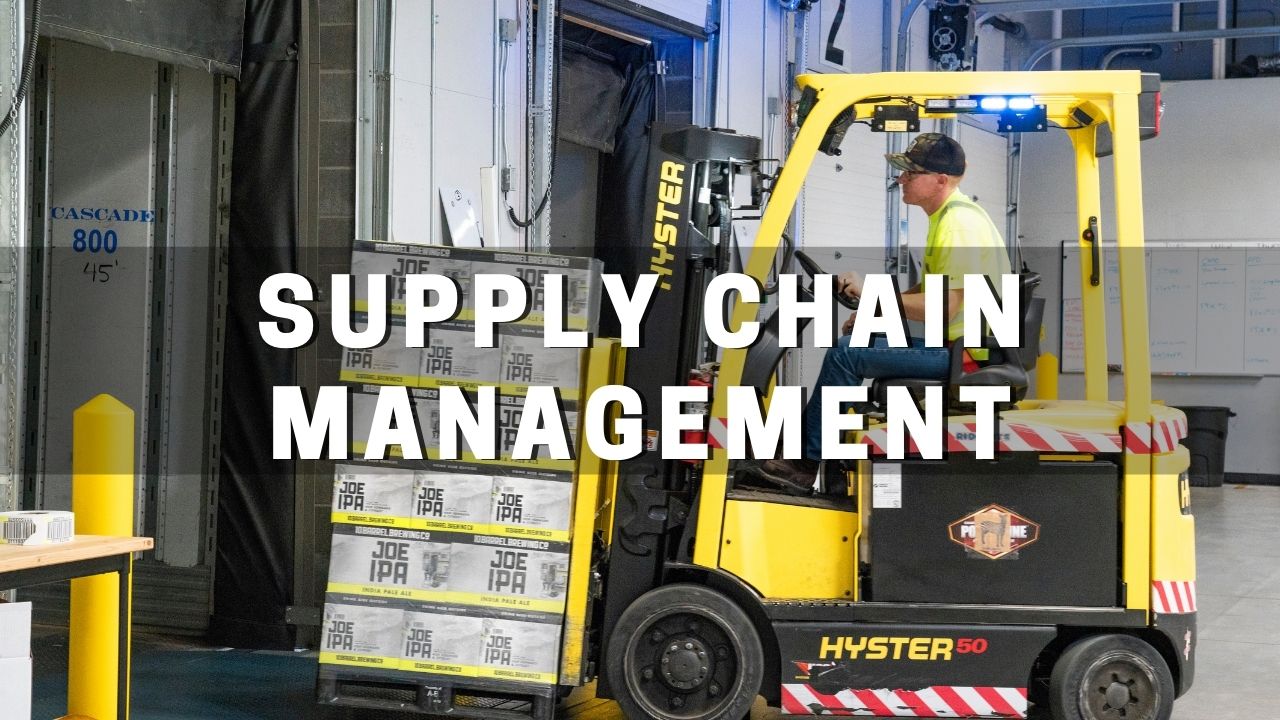
SUPPLY CHAIN MANAGEMENT
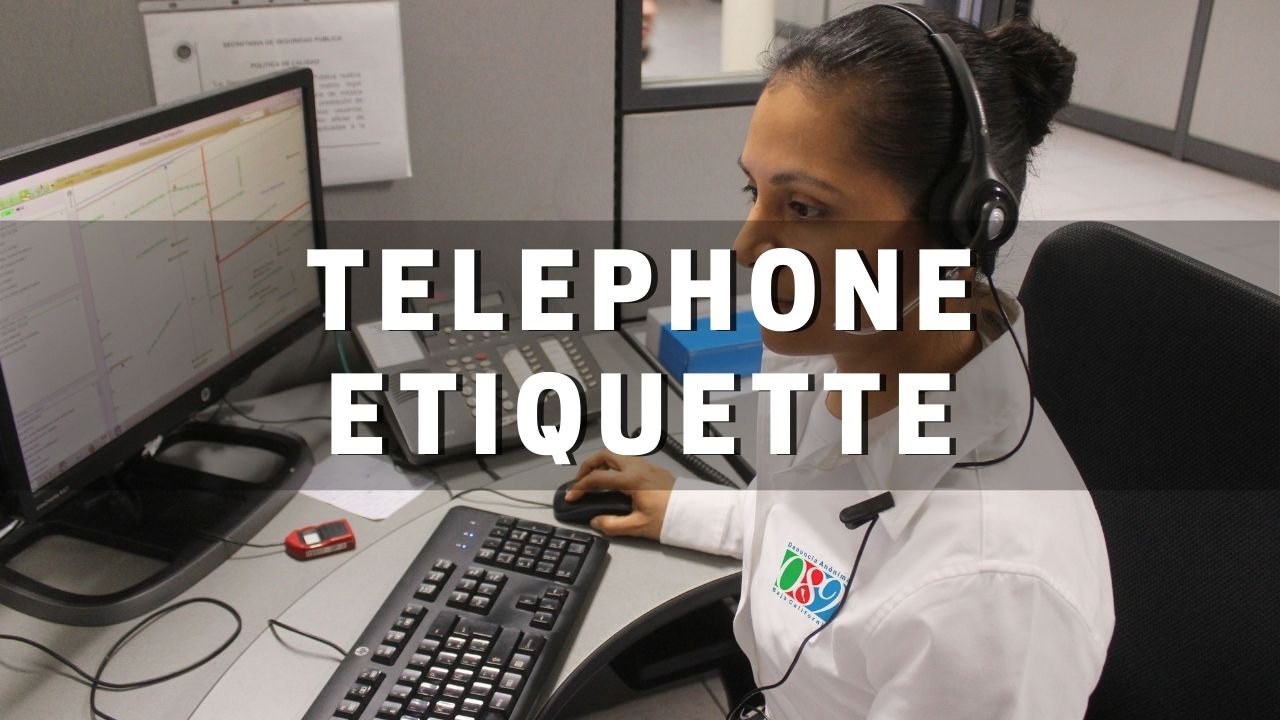
TELEPHONE ETIQUETTE

TIME MANAGEMENT

TIME MOTION STUDY

VENDOR MANAGEMENT

WAREHOUSING & INVENTORY MANAGEMENT

WOMEN EMPOWERMENT

WORLD CLASS MANUFACTURING

ZERO BUDGETING
Would you like to start a project with us?
Lets work together in a one-of-a-kind, customised training program that combines the power of knowledge, technology and personal coaching.





